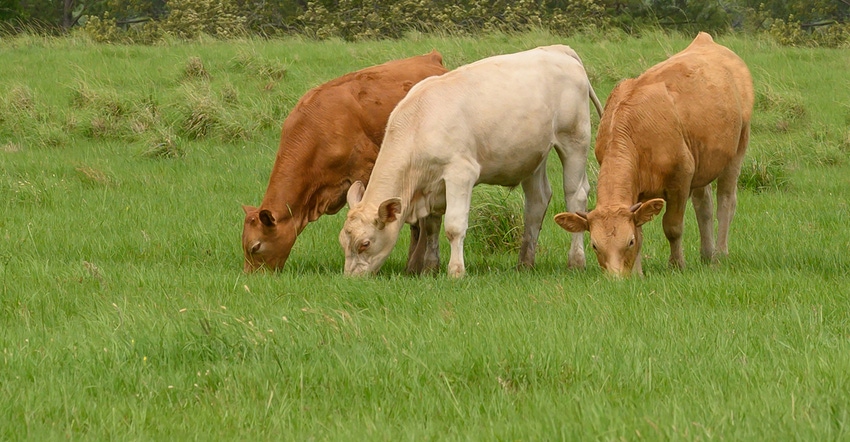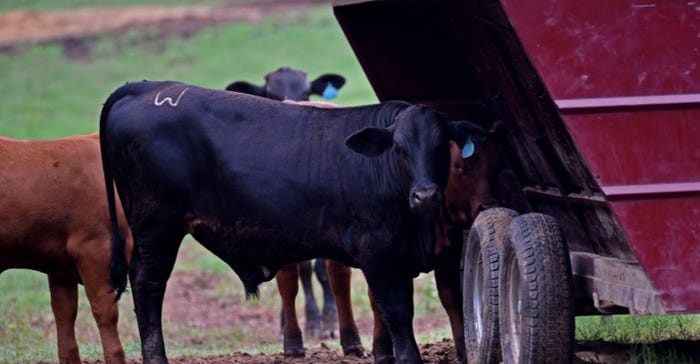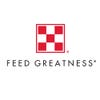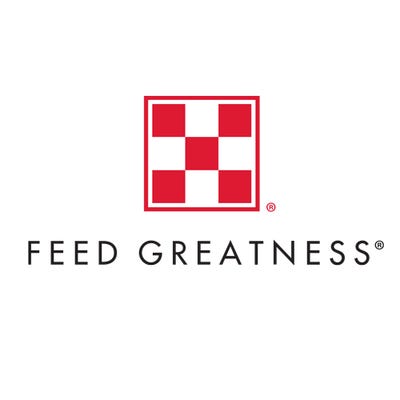Why are more calves getting sick in the feedlot today than two decades ago?
September 20, 2019

Sponsored Content
Sick calves should be few and far between, so why are more calves getting sick in the feedlot today than two decades ago?[1],[2]
Getting calves from the farm to the packer with fewer instances of Bovine Respiratory Disease (BRD) means more profit along the entire beef production chain. The cattle industry must work together to find solutions, as consumer demands have already translated into impactful Veterinary Feed Directive (VFD) regulations.
In this BRD roundtable, three cattle industry professionals discuss challenges and opportunities surrounding calf health:
Why is calf health such an important topic today?
Alfredo DiCostanzo, Ph.D., University of Minnesota professor: Today’s antibiotics are more powerful, preventative calf vaccines are better, and yet we're still seeing more instances of Bovine Respiratory Disease. And, more instances of BRD have increased morbidity and mortality rates in the feedlot. Why? There’s no comprehensive answer. However, feedlot size has grown faster than cow/calf operation size. Feedlot managers are often forced to fill one pen with feeder calves from several sources. It only takes one batch of sick feeder calves to infect the masses.
W. Mark Hilton, DVM, senior technical consultant at Elanco Animal Health: Sick calves should be rare; they cost producers time and money. It’s possible to achieve zero sickness in calves; I know because I’ve worked with herds that have achieved it.
Zack Dombek, DVM, Purina Animal Nutrition’s veterinary services manager: VFD regulations have caused the cattle industry to rethink prevention and treatment options. Consumer pressure that spurred the VFD will likely grow and impact treatment options further.

What can producers do to promote calf health before weaning?
DiCostanzo: Keep the best environment possible for newborn calves, so they’re not exposed to excessive pathogens. Calf vaccines are another important preventative care tool, but only work if they’re administered correctly and administered to an animal that can mount an immune response.
Hilton: Producers with high calf health standards provide cows with nutrition to support their developing fetus and production of colostrum. Research shows if a calf nurses enough colostrum, it’s three times less likely to have BRD in the feedlot nine months later. You also want to create the best environment; the Sandhills Calving System is a great way to ensure a clean birthing area.
Dombek: It all starts with calf nutrition. Proper nutrition is key to a well-functioning immune system. Calves need to have a strong immune system so they’re able to mount an immune response to vaccinations and fight off illnesses, like BRD.
What can producers do to promote calf health after weaning?
DiCostanzo: Vaccinations are a great tool in the feedlot; however, cattle feeders must astutely manage poorly-sourced feeder calves that look ragged and aren’t uniform in age or size. It might not make sense to vaccinate feeder calves if they’re stressed, can’t eat, have limited access to water or feed.
Hilton: The most important thing producers can do is precondition calves for at least 45 days before selling. The next important step is to administer comprehensive calf vaccines, specifically a modified-live vaccine to help prevent illness like BRD.
Dombek: Proper handling and transport after weaning can reduce sickness[3]. When weaning calves, get them eating quickly with a palatable feed. The sooner they eat, the less likely they are to get sick.
Learn more about starting weaned calves strong.
Resources
[1] USDA APHIS. 1999. Health Management and Biosecurity in U.S. Feedlots. Accessed on March 6, 2019.
https://www.aphis.usda.gov/animal_health/nahms/feedlot/downloads/
feedlot99/Feedlot99_dr_PartIII.pdf
[2] USDA APHIS. 2011. Health and Health Management on U.S. Feedlots with a Capacity of 1,000 or More Head. Accessed on March 6, 2019.
https://www.aphis.usda.gov/animal_health/nahms/feedlot/downloads/
feedlot2011/Feed11_dr_PartIV.pdf
[3] Beef Quality Assurance. 2018. BQA Transportation. Accessed March 5, 2019. https://www.bqa.org/programs/bqa-transportation
About the Author(s)
You May Also Like





